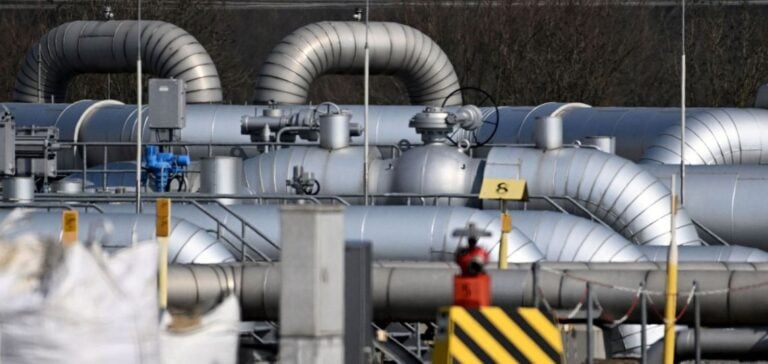Strengthening Infrastructure in the Face of Threats
Ukraine, faced with a critical energy situation, is speeding up the protection and restoration of its key infrastructures in preparation for the winter of 2024/25.
The Ministry of Energy, under the leadership of German Galushchenko, is implementing an emergency plan to secure strategic facilities damaged by regular strikes.
These efforts are aimed at preserving the continuity of energy supplies, essential for keeping the country operational during the winter.
Work includes the development of decentralized production, as well as the installation of back-up systems for critical infrastructures.
The additional capacity planned for the end of the year is estimated at 3 GW, subject to the necessary financing being released in time.
This move comes at a time when targeted attacks on energy facilities have intensified, making infrastructure protection an absolute priority.
International Mobilization and Essential Support
Faced with these challenges, Ukraine is stepping up its international cooperation to strengthen its energy system.
Financial and technical support from international partners is crucial.
The European Commissioner for Energy, Kadri Simson, recently expressed her concern at the intensification of attacks on Ukraine’s energy infrastructure, calling for greater mobilization to support the country.
This support is essential if Ukraine is to get through this critical period with a minimum of energy disruption.
Damage to infrastructure, including power plants and emergency systems, has exacerbated the country’s energy vulnerability.
The Ministry of Energy continues to gather up-to-date data on the sector’s needs, while adjusting its protection strategies in real time.
The reinforcement measures underway depend largely on logistical and financial support from Ukraine’s allies.
Gas storage targets: 13.2 Bcm on course
In parallel with these efforts, Ukraine is striving to achieve a storage target of 13.2 billion cubic meters (Bcm) of gas by November 2024.
This target is intended to guarantee security of supply during the winter, despite the challenges posed by recent conflicts.
Targeted attacks on gas storage facilities, notably in March and April, have reduced the confidence of European traders to store gas in Ukraine, exacerbating logistical challenges.
European gas prices, marked by a small difference between summer and winter prices, have also made storage less attractive this year, adding a layer of complexity to the country’s energy situation.
Despite these obstacles, Ukraine remains determined to meet its storage targets to avoid any supply disruptions during the cold season.
The success of these initiatives will largely depend on Ukraine’s ability to continue mobilizing its internal resources, while strengthening its international alliances to obtain the necessary assistance.
The coming weeks will be crucial in ensuring the country’s energy stability and avoiding a major winter crisis.






















